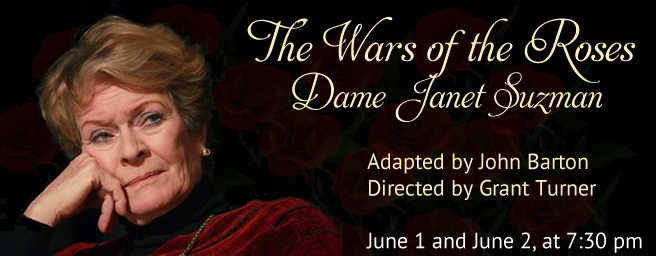

While the War of the Roses was a real event, historians claim that there were no actual roses involved as symbols for the houses. Shakespeare’s three Henry VI plays and Richard III were part of “The War of the Roses,” that portrayed the conflict between the House of Lancaster and The House of York.Why exaggerate history? Shakespeare produces a historical bias in his plays that favor the Queen and the Tudor dynasty.Įxamples of the historical events exaggerated for the stage:

Therefore, the characters Shakespeare included in his plays hail from a variety of different backgrounds and social classes to make them relatable to the audience.Īdditionally, many of the characters are created with stereotypes and prejudices that would fit the audience’s understanding of a place and its people. Because Shakespeare’s plays were being performed in public theater, the audience was composed of a wide range of economic, educational, and social levels. While many of Shakespeare’s plays feature historical elements, their historical accuracy is often dramatized for the sake of performance. When teaching Shakespeare’s plays, it’s important to note that Shakespeare wrote to entertain.

Let’s take a look at five ways in which you can reference our Shakespeare map during your lessons or classroom activities. Our free, downloadable map of Shakespeare’s plays features the locations and dates of his comedies, tragedies, and histories across Europe, which can serve as a helpful resource in your classroom to show how each location lends itself to different types of plays.ĭownload the eNotes Shakespeare map of works » The majority are set outside of England, providing his audiences with intriguing, foreign lands and allowing for flexibility in expressing social and political commentary. The settings of Shakespeare’s thirty-seven plays cast a wide net across Europe.


 0 kommentar(er)
0 kommentar(er)
